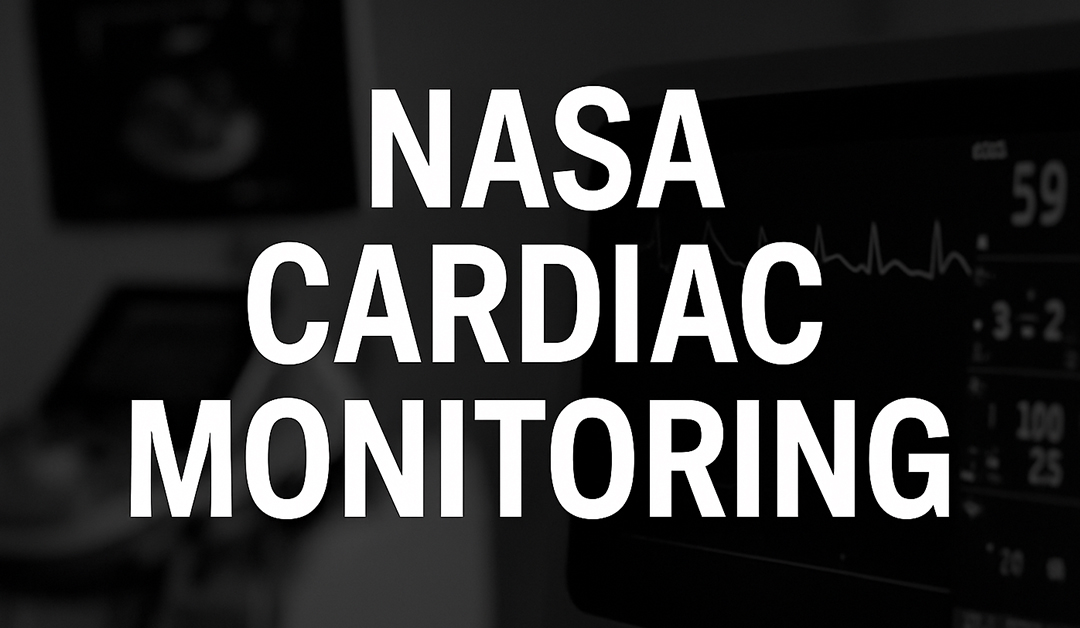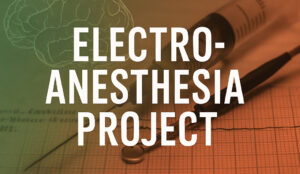Long before ultrasound became a staple of cardiology, a quiet collaboration between NASA and Stanford University helped introduce it-not in a hospital-but through aerospace research.
In February 1970, NASA’s Ames Research Center and Stanford’s medical team announced a breakthrough: they had successfully adapted sonar technology to non-invasively examine human heart function.
The motivation wasn’t strictly medical. It was physiological surveillance-for astronauts.
What started as a spaceflight monitoring tool became one of the most important diagnostic techniques in modern medicine.
📡 From Catheters to Soundwaves
At the time, diagnosing heart function relied on cardiac catheterization: invasive, slow, and risky. Patients had to be hospitalized. Tubes were inserted into the heart. The procedure involved X-rays and blood extraction.
NASA and Stanford’s ultrasound method changed that.
"Sonar can pry out secrets about the functioning of the human heart heretofore unobtainable without passing a catheter."
- NASA Release No. 70-32
Instead of tubing, doctors bounced high-frequency sound waves off the chest wall. Reflected waves-recorded in real time-revealed:
-
Heart size
-
Blood flow direction
-
Valve function
-
The volume of blood ejected during each contraction
🧪 The Study That Proved It Worked
In clinical trials, NASA and Stanford researchers tested the method on 51 patients undergoing standard heart catheterization. The results:
-
Sonar readings matched traditional diagnostic results with high accuracy
-
Valve defects and irregular blood flow could be detected non-invasively
-
Real-time readings took minutes-not hours
It wasn’t just an innovation. It was a revolution in how doctors could "see" the heart.
🚀 Space Needs Drove Medical Change
Why was NASA involved?
The agency needed non-invasive, space-compatible technology to monitor astronauts’ heart health in orbit. Traditional machines were too bulky and required hospital infrastructure.
"NASA is seeking devices to collect and record information on human heart action during space flights."
- Dr. Donald C. Harrison, Stanford Cardiologist
Ultrasound was perfect: portable, non-radiative, and fast.
🖥️ Toward Space-Based Diagnostics
The research team-led by Dr. Richard L. Popp and Dr. Harrison at Stanford, with Dr. Harold Sandler at NASA Ames-anticipated what came next:
-
Building ultrasound machines small enough for space stations
-
Using computers to store and analyze cardiac recordings from orbit
-
Adapting the tech for post-operative monitoring, transplant rejection, and cardiac rehab on Earth
What started as a Cold War-era solution for astronaut vitals became a new foundation for 21st-century cardiology.






